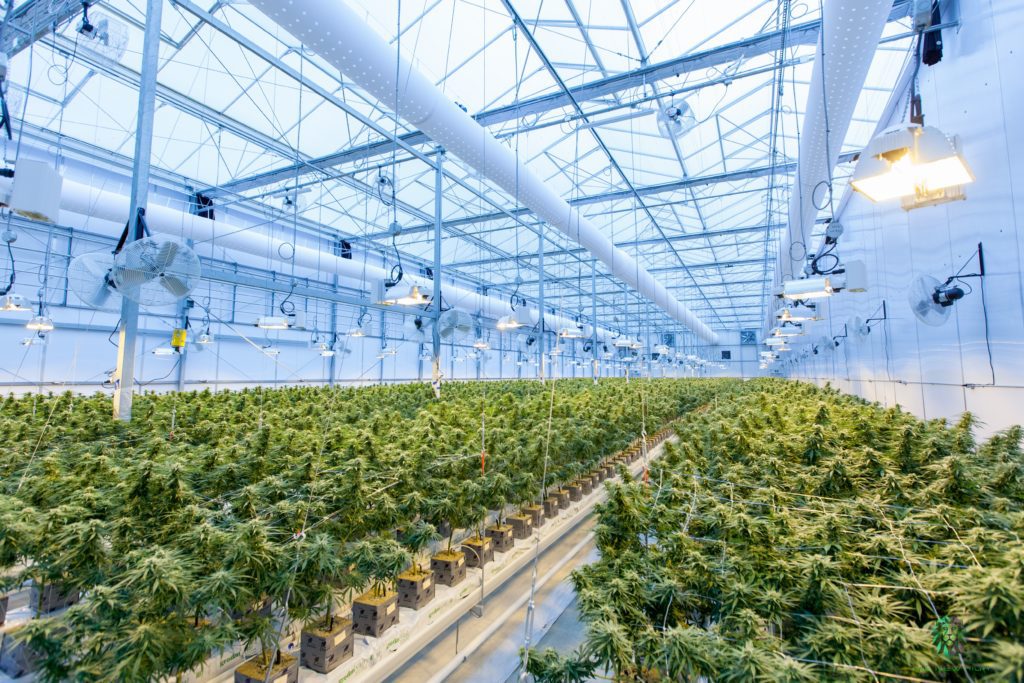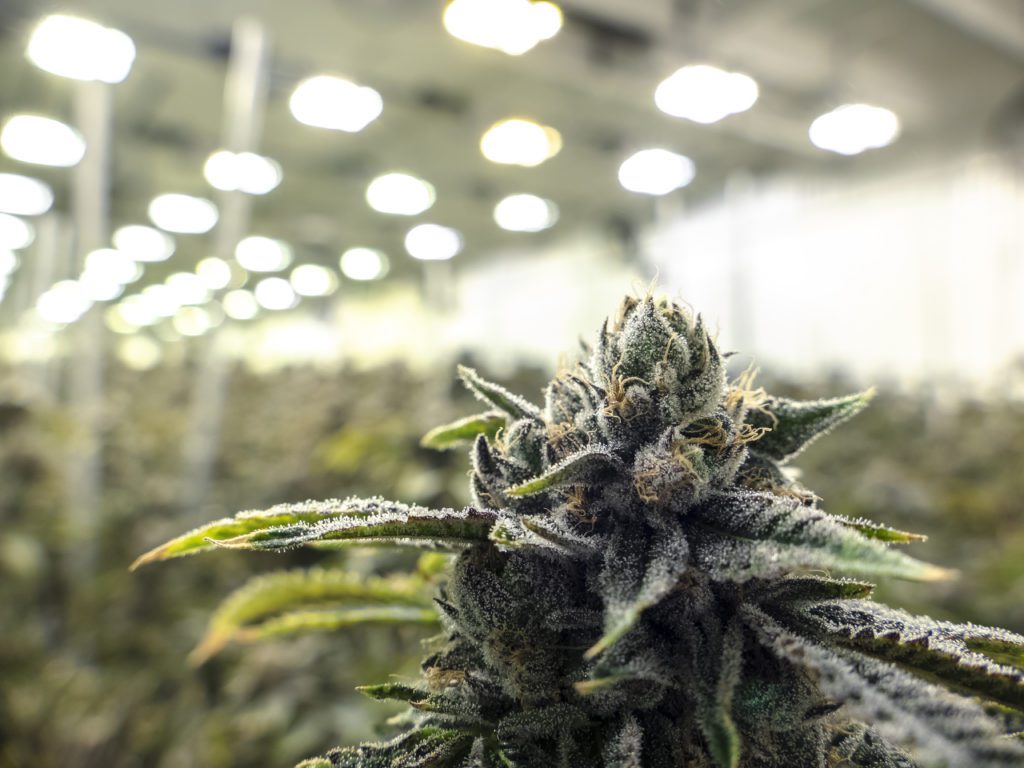Month: October 2021
In order to make gains on their yields, some Licensed Producers (LP) introduce supplemental lighting to their cultivation area. The need for this strategy is generally determined by certain variables, including the type of system, manpower available, and the size of the cultivation area. Not everyone utilises this method, and whether a LP does or not is often a function of choice, experience and the type of genetics used. Before we break down the subject further, it is worth briefly explaining the 3 different types of light ‘additives’ discussed in this article (the source and quality of lights is not discussed here and is better reserved for an article where this is the primary focus).

1. Side Lights
Often vertically positioned, side lights can be added to increase secondary and tertiary (undergrowth) flower yield by increasing the light availability to the non-apical flowers.
2. Sub-Canopy Lights
These are lights positioned at the base of the plant to increase light availability to the lower parts of the plant (similar to side lights in terms of the goal they try to achieve)
3. Supplemental Lights
Can be extra lights ,e.g. in a Greenhouse to manipulate day length, but can also be included to simply add more photons to the growing area, again usually for the purposes of yield enhancement.

Training your plants, and increasing the number of apical buds by topping etc, has been shown to increase the yield capabilities, thus helping with the production of a consistent crop – although it should be noted that in some scenarios, this is not possible due to manpower, spacing issues and other factors. Auto-flowering cultivars lose the capacity to automatically flower independent of day length when they are cut. In this scenario, adding illumination to the lower parts of the plant may be beneficial to the overall yield of the plant.
In a 2018 study by Hawley et al, the addition of sub-canopy lights was tested in controlled experiments using RGB (Red Green Blue) LEDs or RB (Red Blue) LEDs. The authors claim that yield is enhanced by up to 19%-24% as a function of the increased light intensity reaching the mid and lower canopy (normally shaded by the top of the plant), however, the study did not address the quality of the flowers produced on the lower canopy. They also flowered at a surprisingly low temperature, although the study did not mention how the upward facing lights can adversely affect the plants. Plants detect the direction of light, and it is not out-with reason that irradiation from directly underneath may cause conflicting signalling cues. Most photosynthetic parts of a plant are positively phototropic, therefore when the light sources are in opposite directions, they will try to face the strongest light source (even a single leaf can be pulled in 2 different directions), but such movement comes at a high energy cost to the plant. Despite this potential negative outcome, the authors show that as well as yield, bud-to-leaf ratio is increased with sub-canopy lighting. Furthermore, minor changes in terpenes (but not cannabinoids) take place.
It is worth mentioning that photosynthesis in plants can be limited by the following: Intensity/quality of light, and CO2/Water/Nutrient availability. The saturation limit for photosynthesis is typically around 1800 μmol·m-2·s-1 – however, using only static lights from above means that once the top canopy is maximised for light intensity, the lower parts of the plants receive less intense levels of light due to shading. Should you increase the overhead light intensity only, in order to penetrate deeper into the plants, there is a risk of inducing high light stress responses, causing photodamage.
Conclusion
After working with licensed producers to determine their exact commercial requirements, PharmaSeeds harnesses the data stored iImproving yield in the lower parts of the plant may be achieved by increasing intensity of light to the mid and lower tiers, toward the 1800 μmol·m-2·s-1 saturation limit – but avoid increasing overhead light intensity. This can be achieved by using side or supplemental lights, carefully positioned, and utilising upward-facing sub canopy lighting. Upward-facing sub-canopy lighting should be an alternative only if side-facing lights are not viable, although additional research is necessary to clarify if direction is a limiting factor. As with any adjustments to the growing environment, small, incremental changes are easier to manage, and if possible, always run a trial before introducing on a large scale.